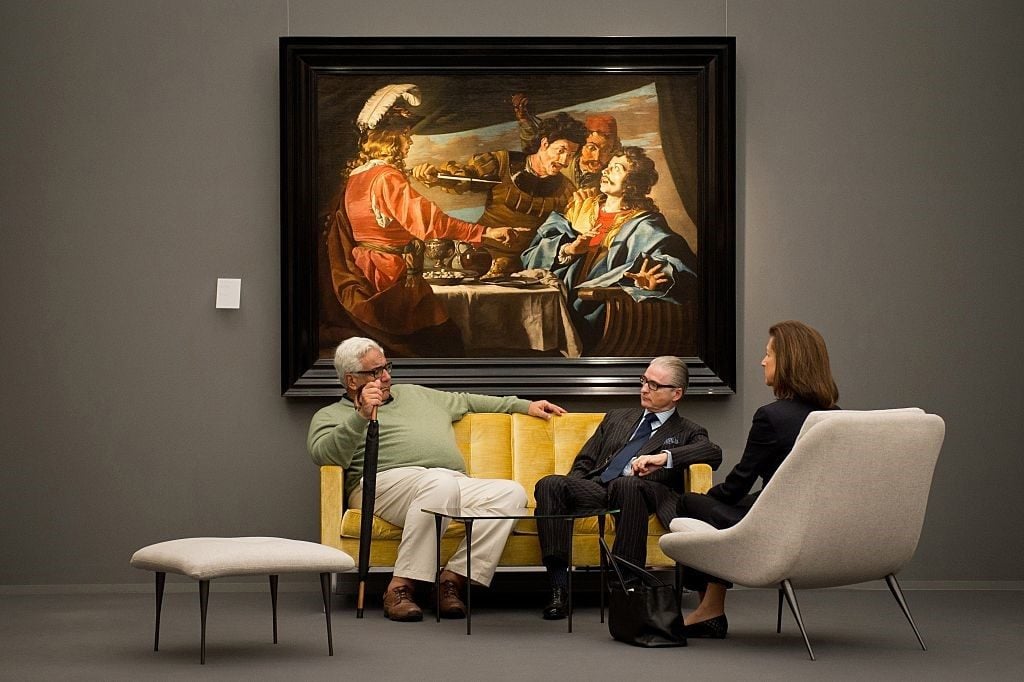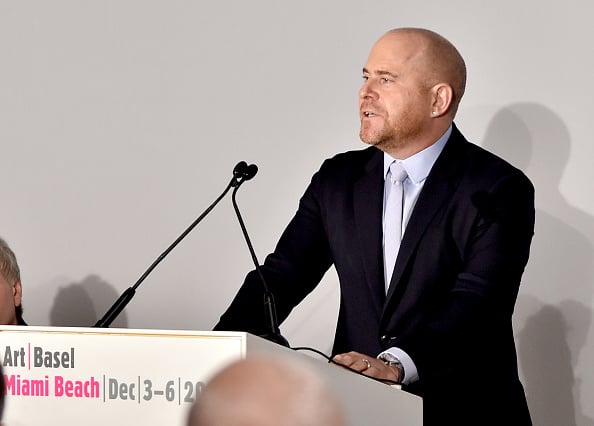Art Fairs
Art Demystified: How Are Wealthy Busy People Changing the Art Market?
Gallerists have all but become traveling merchants.

Gallerists have all but become traveling merchants.

Henri Neuendorf

Describing what an art fair is seems simple: It is a marketplace where galleries from all over the world congregate under one roof to exhibit and sell artworks. But what’s behind the rising popularity of the fair format, and how has it affected the greater art market?
“One of the things that people point to a lot is the growth of the fairs, the importance of the fairs,” Art Basel director Marc Spiegler said at the Talking Galleries conference in Barcelona last year. “And I think part of that is because the fairs have done a good job of being a place where you can get an overview of a global market at a moment where the art world is internationalizing constantly.”
According to the TEFAF Art Market Report, art fairs made up 40 percent of gallery sales in 2015, compared to 48 percent of sales made in-gallery. The Financial Times estimates that some galleries make up to 70 percent of their annual turnover at the fairs.

Marc Spiegler speaks onstage during the Art Basel Miami Beach press conference at the Miami Convention Center on December 2, 2015 in Miami, Florida. Photo by Mike Coppola/Getty Images.
According to Spiegler, the increasing share of sales made at fairs is due to a simple factor: wealthy new buyers entering the art market don’t have the time to dedicate to weekends visiting galleries in Chelsea or Mayfair. “The future clients of most galleries are people who are really, really busy.” Spiegler said. “They are really, really wealthy—but they are really, really busy.”
Thus, as the art market has expanded internationally, and the demographics of art collectors has shifted from the leisure class to the “working rich,” the importance of the convenient trade fair format has gained importance and traction.
As collectors have grown accustomed to the “one-stop-shopping” experience of the fair, the marketplace for art has gradually decentralized from the brick and mortar gallery space to the art fair. Gallerists have increasingly become traveling merchants, exhibiting and selling artworks in convention centers around the world.
This development has a very real downside. The internationalization of the art trade has put a strain on galleries who now have to budget not only for rent and salaries, but also for the expenses associated with a variety of fairs, which encompass expensive specialized art shipping, insurance, booth rental, and accommodation in foreign cities. Additionally, exhibiting at art fairs takes time and money away from the gallery program.
However, today’s clients expect their favorite galleries to attend art fairs. Many business-savvy contemporary artists want their work to be shown in that context. Galleries have grown reliant on gaining access to the marketplace that major art fairs provide. So for now, the fair format is here to stay.